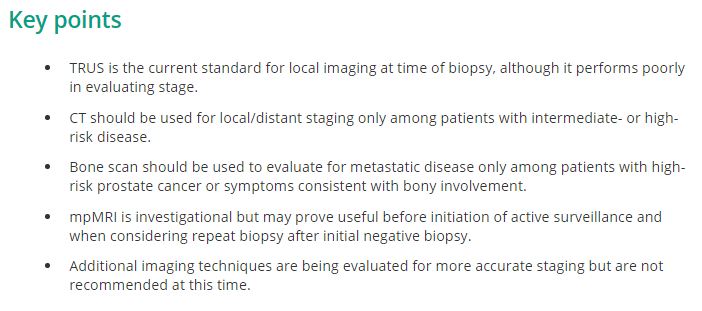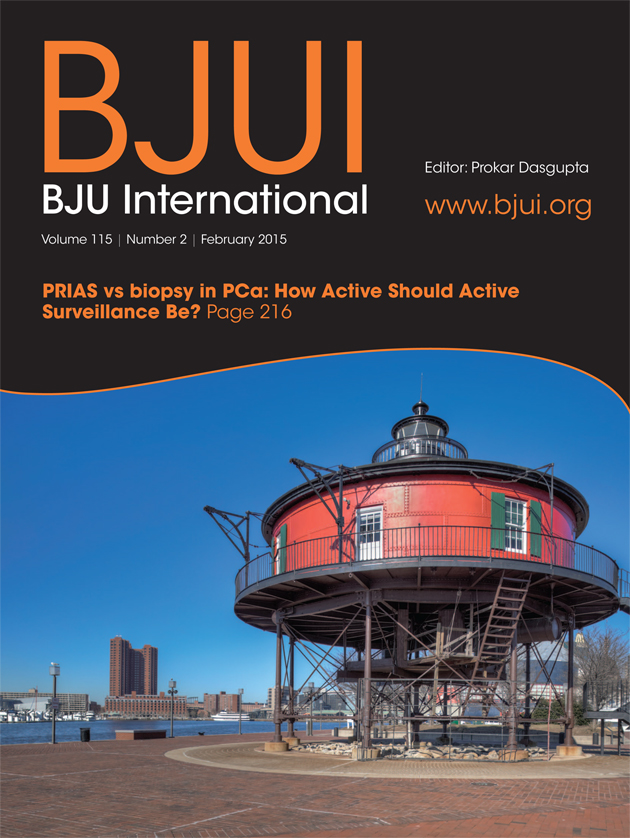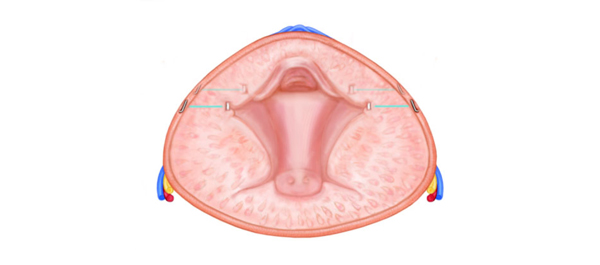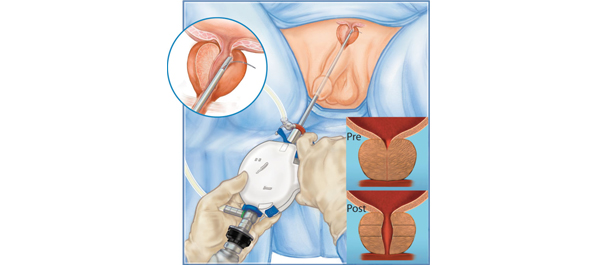Editorial: LUTS – an independent risk factor for CVD
Russo et al. [1] have identified LUTS as an independent risk factor for cardiovascular disease (CVD). The more severe the LUTS the more the CVD risk increased. LUTS in men is caused by a group of disorders, e.g. the metabolic syndrome and central obesity, which have similar risk factors to those that cause CVD [2]. Furthermore, LUTS is associated with erectile dysfunction (ED), which is well established as being linked to silent or symptomatic CVD [3]. The question arises as to whether the age of the patient rather than the LUTS is the cause for the CVD, in other words, is the LUTS merely a bystander or coincidental problem?
The evidence, however, is accumulating that LUTS is independent of age and a risk factor for CVD [2]. A multi-disciplinary consensus looked at ED and LUTS emphasising the importance of co-diagnosis with awareness of cardiovascular risk factors being present in patients with LUTS, ED, or LUTS and ED, and reviewed the literature on the underlying pathophysiology [2].
The link between ED and LUTS was brought home by the Multinational Survey of the Aging Male (MSAM) study. Many large epidemiological studies using well-powered multivariate analyses consistently provide overwhelming evidence of a link between ED and LUTS [4].
The pathogenic mechanisms underlying the relationships between ED and LUTS have been the subject of several recent reviews [5]. The underlying mechanisms include: the alteration of the nitric oxide-cyclic guanosine monophosphate pathway, enhancement of Rho-kinase (ROCK) signalling, autonomic hyperactivity, and pelvic atherosclerosis, secondary to endothelial dysfunction [6]. Additional contributing factors may include chronic inflammation and sex steroid ratio imbalance, all of which contribute to increased CVD risk.
LUTS, with or without ED, should trigger a search for cardiovascular risk factors and metabolic problems. In 2008, the International Journal of Impotence Research published a symposium entitled ‘Cardiac Sexology: Can we save a patient’s life and his love life?’. The recognition that urologists have an important role in the early identification of cardiovascular risk should encourage urologists to work closely with cardiologists [3].
Certainly the degree of risk recorded by Russo et al. [1] is substantially greater than one would expect from age alone. Possible mechanisms include the co-existence of inflammatory activity manifest by a raised C-reactive protein (CRP), which is commonly found in association with more severe LUTS and in turn, increased CVD risk [7]. Similarly chronic sleep disturbance, especially nocturia, is common in both LUTS and CVD, as is depression [2].
Endothelial dysfunction, which is recognised to be the major vascular risk for CVD, also occurs in LUTS that is chronic or severe usually affecting the prostate gland or bladder. There are, therefore, strong links between LUTS, ED and CVD a common denominator being increased adrenergic tone. Patients with LUTS should be asked about alternative symptoms, including ED, and screened for cardiovascular risk even if they have no cardiac symptoms. LUTS may not be as strong a risk factor as ED for CVD, but it appears to be an independent marker for increased risk, which should not be ignored. Men are reluctant to volunteer their concerns, so it is important that healthcare professionals ask the appropriate questions.












